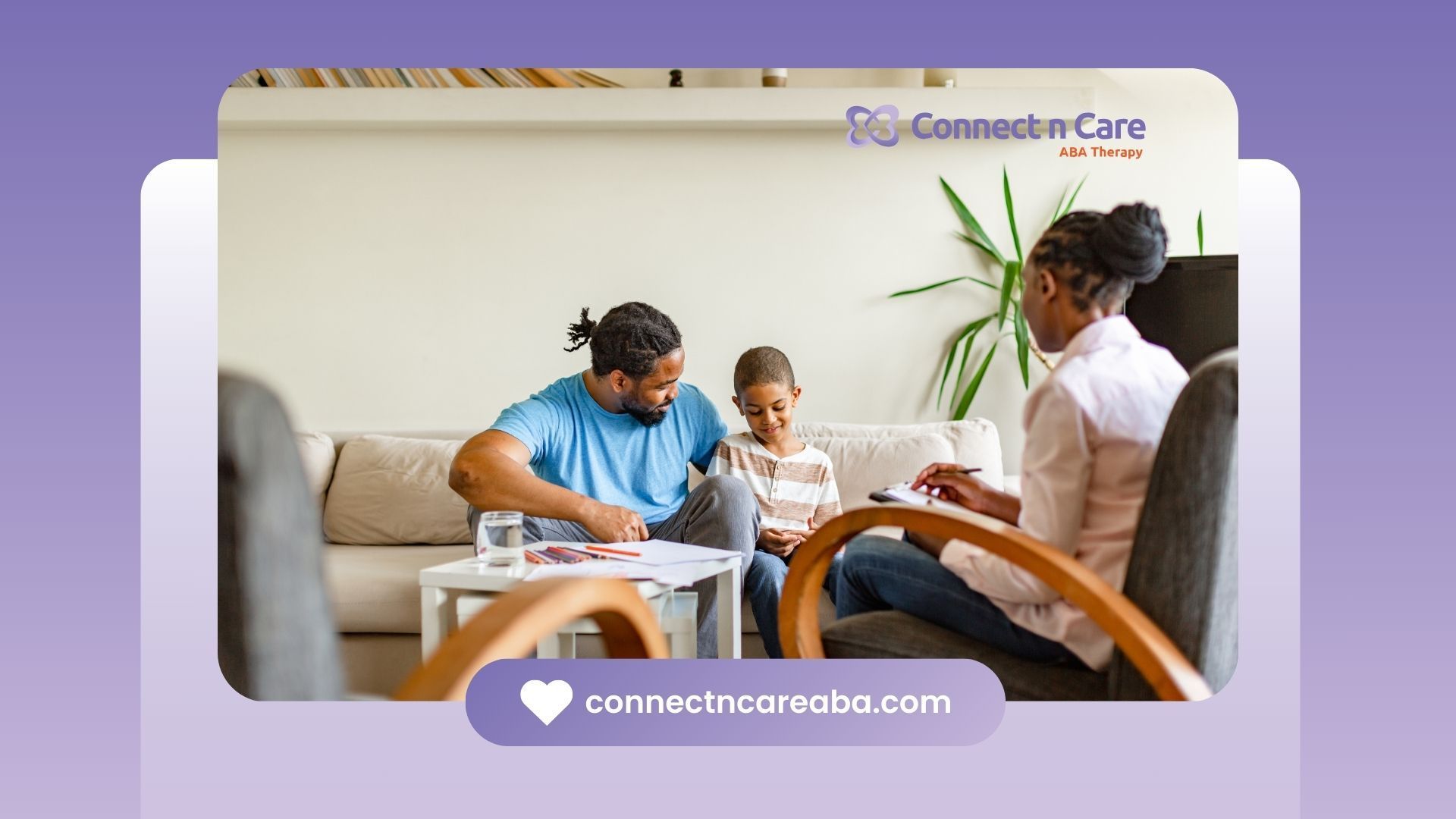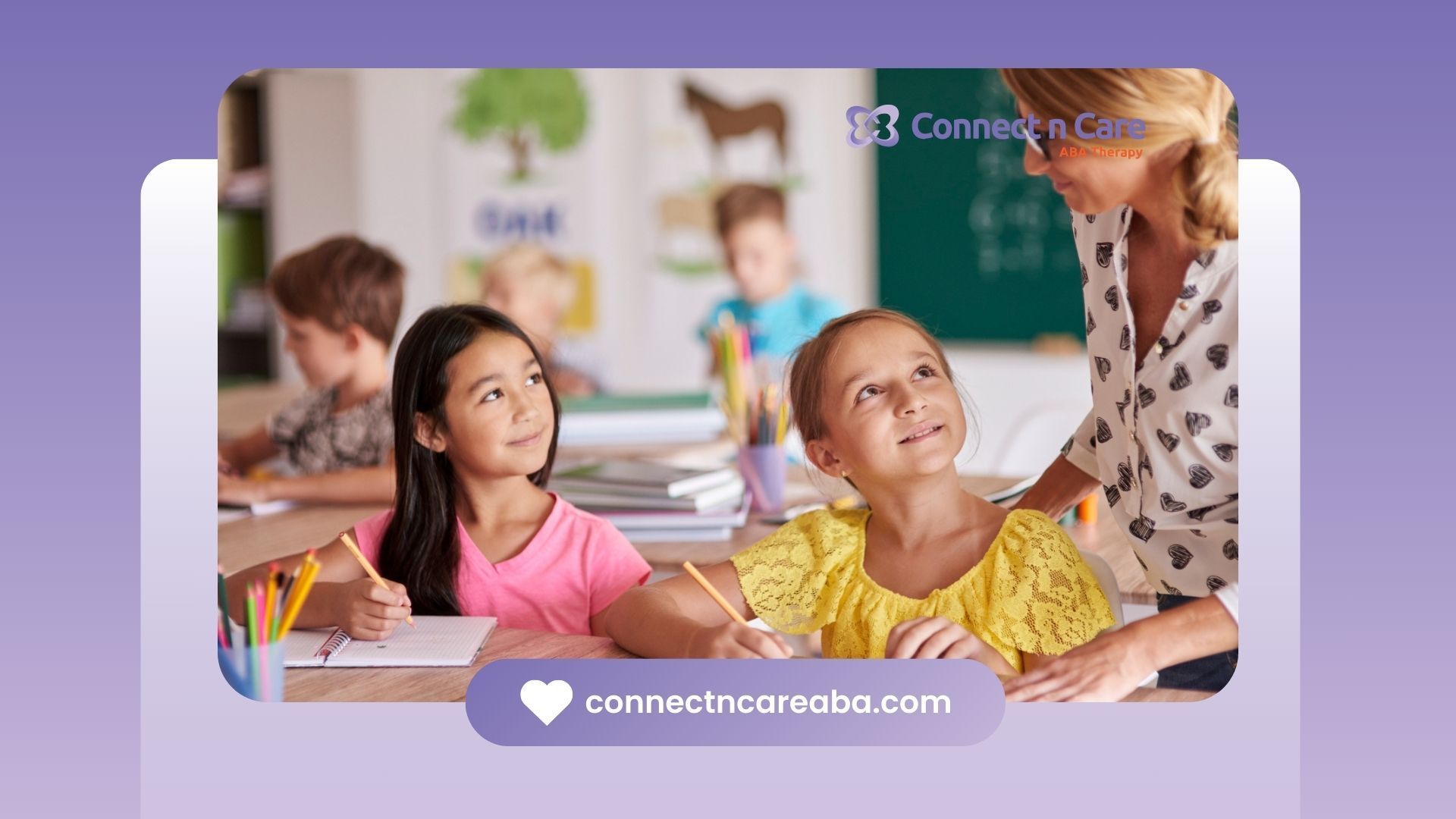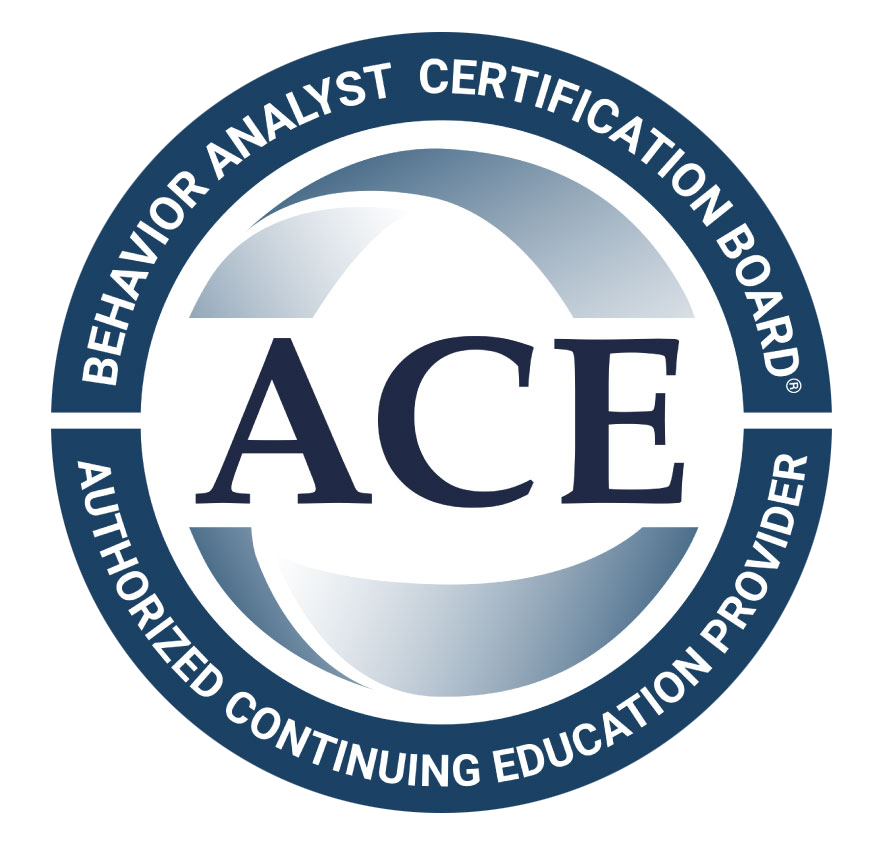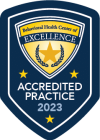ABA Therapy vs Speech Therapy: Which One is Right for Your Child?
When a child is diagnosed with autism or a developmental delay, parents often explore various therapy options to support their child’s growth and development. Two of the most common therapies recommended are Applied Behavior Analysis (ABA) therapy and speech therapy. While both can play a crucial role in a child’s progress, they focus on different aspects of development. Understanding the differences, benefits, and how they can work together is essential in choosing the best approach for your child.
In this article, we’ll break down ABA therapy vs. speech therapy, their goals, techniques, and how they complement each other.
What Is ABA Therapy?
Applied Behavior Analysis (ABA) therapy is a scientifically proven approach designed to improve social, communication, and behavioral skills in children with autism and other developmental disorders. It is based on the principles of learning and behavior and focuses on reinforcing positive behaviors while reducing challenging ones.
Key Goals of ABA Therapy
- Improving Social Skills: Encourages interaction, cooperation, and appropriate social behavior.
- Enhancing Communication: Helps children develop verbal and nonverbal communication.
- Reducing Problem Behaviors: Addresses behaviors like aggression, self-injury, and repetitive actions.
- Building Daily Living Skills: Assists with tasks such as dressing, eating, and personal hygiene.
Common ABA Therapy Techniques
- Discrete Trial Training (DTT): Breaks down complex skills into smaller, teachable steps.
- Natural Environment Teaching (NET): Uses play and everyday activities to teach skills.
- Positive Reinforcement: Rewards desired behaviors to encourage repetition.
- Prompting and Fading: Provides guidance to help a child learn a skill and gradually reduces assistance.
ABA therapy is highly individualized, with programs tailored to each child’s unique needs. It is often conducted in one-on-one sessions with a trained therapist, though group settings may also be used.
What Is Speech Therapy?
Speech therapy, also known as speech-language therapy, focuses on improving a child’s ability to communicate effectively. A speech-language pathologist (SLP) works with children to enhance their speech, language, and social communication skills.
Key Goals of Speech Therapy
- Enhancing Speech Clarity: Helps children articulate sounds correctly.
- Developing Language Skills: Improves understanding and use of words, sentences, and conversation.
- Strengthening Social Communication: Teaches appropriate ways to engage in conversations and interpret social cues.
- Addressing Feeding and Swallowing Issues: Supports children with difficulties in chewing or swallowing food.
Common Speech Therapy Techniques
- Articulation Therapy: Helps children produce sounds correctly.
- Language Intervention Activities: Uses books, games, and interactive exercises to improve vocabulary and grammar.
- Augmentative and Alternative Communication (AAC): Introduces tools like picture boards or speech-generating devices for nonverbal children.
- Oral-Motor Therapy: Strengthens mouth and facial muscles to improve speech clarity and feeding skills.
Speech therapy sessions can be conducted individually or in small groups, and they often involve collaboration with parents to reinforce learning at home.
Key Differences Between ABA Therapy and Speech Therapy
While ABA therapy and speech therapy both aim to improve communication and social skills, their approaches and techniques differ.
| Aspect | ABA Therapy | Speech Therapy |
|---|---|---|
| Primary Focused | Behavior modification and skill development | Speech, language, and communication |
| Methods Used | Behavior analysis, reinforcement techniques, structured teaching | Speech exercises, language-building activities, oral-motor techniques |
| Goal | Encourage positive behaviors and reduce challenges | Improve speech clarity, language comprehension, and communication |
| Therapist Type | Board Certified Behavior Analyst (BCBA) or Registered Behavior Technician (RBT) | Speech-Language Pathologist (SLP) |
| Setting | Home, school, clinic, or community | Clinic, school, hospital, or private practice |
| Target Population | Children with autism, developmental delays, and behavioral challenges | Children with speech delays, communication disorders, or swallowing difficulties |
How ABA Therapy and Speech Therapy Work Together
For many children, a combination of ABA therapy and speech therapy provides the most comprehensive support. Since ABA therapy emphasizes behavioral skills and speech therapy focuses on communication, integrating both approaches can maximize progress.
Benefits of Combining ABA and Speech Therapy
- Improved Communication Skills: ABA techniques reinforce speech therapy exercises, helping children use language more effectively.
- Better Social Interactions: Both therapies teach social skills, such as taking turns in conversation and responding appropriately.
- Reduced Challenging Behaviors: ABA therapy can help manage frustration and teach alternative ways to communicate needs.
- Increased Motivation to Speak: ABA’s reinforcement strategies encourage children to practice speech skills learned in therapy.
Collaboration between ABA therapists and speech-language pathologists ensures that therapy goals align and that children receive well-rounded support.
Which Therapy Is Right for Your Child?
The best therapy choice depends on your child’s unique needs.
- If your child has difficulty following directions, managing behaviors, or learning daily skills, ABA therapy may be the best fit.
- If your child struggles with speaking clearly, understanding language, or communicating with others, speech therapy may be more beneficial.
- For children with both behavioral and speech challenges, a combination of ABA and speech therapy is often recommended.
A professional evaluation by a BCBA and an SLP can help determine the most effective therapy plan.
Conclusion
Both ABA therapy and speech therapy play essential roles in supporting children with autism and developmental delays. While ABA therapy focuses on behavior modification and skill-building, speech therapy enhances communication and language abilities. Many children benefit from a combination of both therapies, allowing them to develop social, verbal, and functional skills more effectively.
At Connect n Care, we understand that every child is unique. Our experienced team is here to help guide you in choosing the right therapy for your child. Contact us today to learn more about our ABA therapy programs and how we can support your child’s development.
Frequently Asked Questions
Can ABA therapy help with speech development?
Yes, ABA therapy can support speech development by using reinforcement strategies to encourage communication. While it does not replace speech therapy, it can help children improve their ability to use language functionally.
How do I know if my child needs ABA therapy or speech therapy?
If your child struggles with behavior, following directions, or learning daily skills, ABA therapy may be beneficial. If your child has trouble speaking, understanding language, or expressing needs, speech therapy may be more appropriate. A professional assessment can help determine the best option.
Can a child receive both ABA therapy and speech therapy at the same time?
Yes! Many children benefit from a combination of both therapies. ABA therapy can reinforce communication strategies taught in speech therapy, leading to better overall progress.
Sources:
- https://www.autismspeaks.org/expert-opinion/what-discrete-trial-training
- https://www.asha.org/public/who-are-speech-language-pathologists/
- https://www.communicationmatters.org.uk/what-is-aac/
- https://www.asha.org/public/speech/development/social-communication/
- https://www.bacb.com/bcba/









